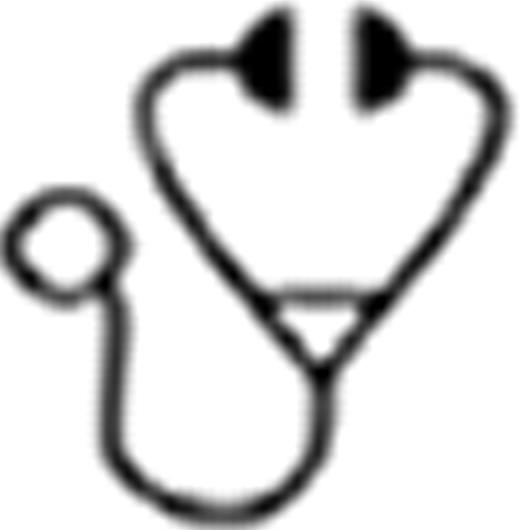Abstract
Abstract  3231
3231
Hydroxyurea is the only FDA-approved disease modifying agent for sickle cell disease. However, despite its efficacy proven in multi-centered, randomized, placebo-controlled studies, it remains highly under-utilized. This study aimed to determine the necessity for routine laboratory testing through a retrospective chart review of compliant, pediatric patients.
Charts were reviewed on all of the pediatric patients receiving treatment with HU at a single institution. 16 pediatric patients with HbSS disease were chosen to be included since they had attended >80% of monthly clinic visits over the designated 12-month period. Age range was 2–18 years (mean age of 11.8 years) and included 10 girls and 6 boys. All patients followed in this study also reported adherence to their HU regimens (missed <10% medication) during their clinic appointments. As per the standard of care protocol, a complete blood count and reticulocyte count were performed at each monthly appointment, and the Hemoglobin (HGB), Reticulocyte count (Retic), Absolute Neutrophil Count (ANC), White Blood Cell Count (WBC), and Mean Corpuscular Volume (MCV) were recorded. During the time of data collection, patients were on a range of 13–25mg/kg (median 18.6mg/kg) of HU and 4 patients underwent a dose increase during this 12 month period. Prior to the index point (first point of data collection), included patients had already been taking HU an average of 29.44 months (range 0–64 months). The coefficient of variation (a standardized measure of variability) was calculated as both a monthly and quarterly assessment for each variable.
The coefficients of variation (Cv) was computed for each of five target variables including Hgb, Retic, ANC, WBC, and MCV (see table 1). The Cv was computed both quarterly (CVq) and monthly (CVm) for each patient. Finally, each measure was also compared to critical laboratory values to assess if patients were considered neutropenic (ANC<1500), reticulocytopenic (absolute reticulocyte count <80 × 109/L unless hemoglobin concentration was 9.0 g/dL or higher), or thrombocytopenic (platelet count <80,000) at any point.
Hgb and MCV were very stable. ANC was highly variable; however, it was never <1000, thus there was no significant risk of infection from neutropenia. There was only one moderately concerning value observed in which a patient had an ANC of 1,500 exactly (HU dose was not changed). At no time during the 12 months did a laboratory value detected on routine monthly screening trigger a dose reduction or result in a hospitalization.
| Variable . | CVq . | CVm . |
|---|---|---|
| Hgb | 4.7 | 6.2 |
| Retic | 21.9 | 25.9 |
| ANC | 29.7 | 39.4 |
| WBC | 17.8 | 24 |
| MCV | 1.8 | 3.1 |
| Variable . | CVq . | CVm . |
|---|---|---|
| Hgb | 4.7 | 6.2 |
| Retic | 21.9 | 25.9 |
| ANC | 29.7 | 39.4 |
| WBC | 17.8 | 24 |
| MCV | 1.8 | 3.1 |
Hydroxyurea is currently the only FDA approved medication for patients with SCD and is proven to decrease the overall frequency of vaso-occlusive crisis, decrease hospitalization rate, and improve overall quality of life. Despite these impressive results, the medication remains severely underutilized in part due to the stringent laboratory monitoring considered standard of care when treating patients with this medication. Current laboratory monitoring protocols were developed due to the potential risk of neutropenia, neutropenic infections, reticulocytopenia, or thrombocytopenia. These results in this limited study demonstrate that quarterly assessment would have been sufficient to obtain the necessary information without missing critical nadirs or complications. Decreasing the stringency of the requirements for laboratory monitoring for patients being treated with Hydroxyurea may lead to improved use. To confirm these results, outcomes including both laboratory and hospital utilization should be prospectively studied in a randomized fashion of patients undergoing monthly vs quarterly laboratory assessments.
Off Label Use: Hydroxyurea is not currently FDA approved for use in pediatrics. It is presented for use in this abstract for treatment of sickle cell disease as per National guidelines.
Author notes
Asterisk with author names denotes non-ASH members.

This icon denotes a clinically relevant abstract

This feature is available to Subscribers Only
Sign In or Create an Account Close Modal